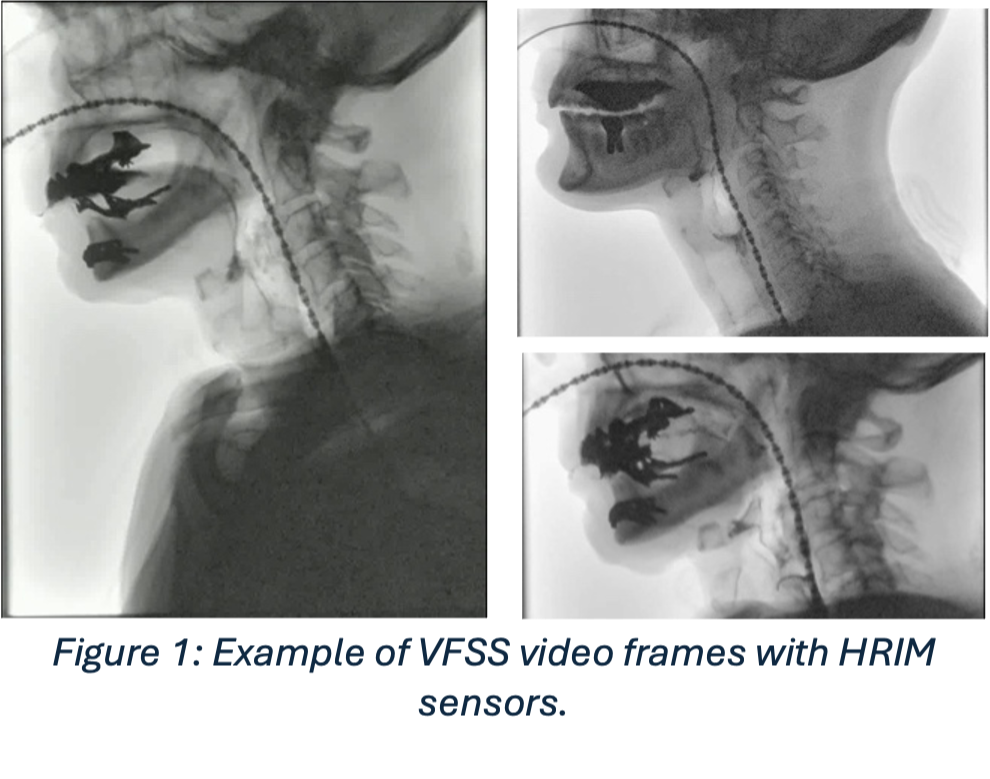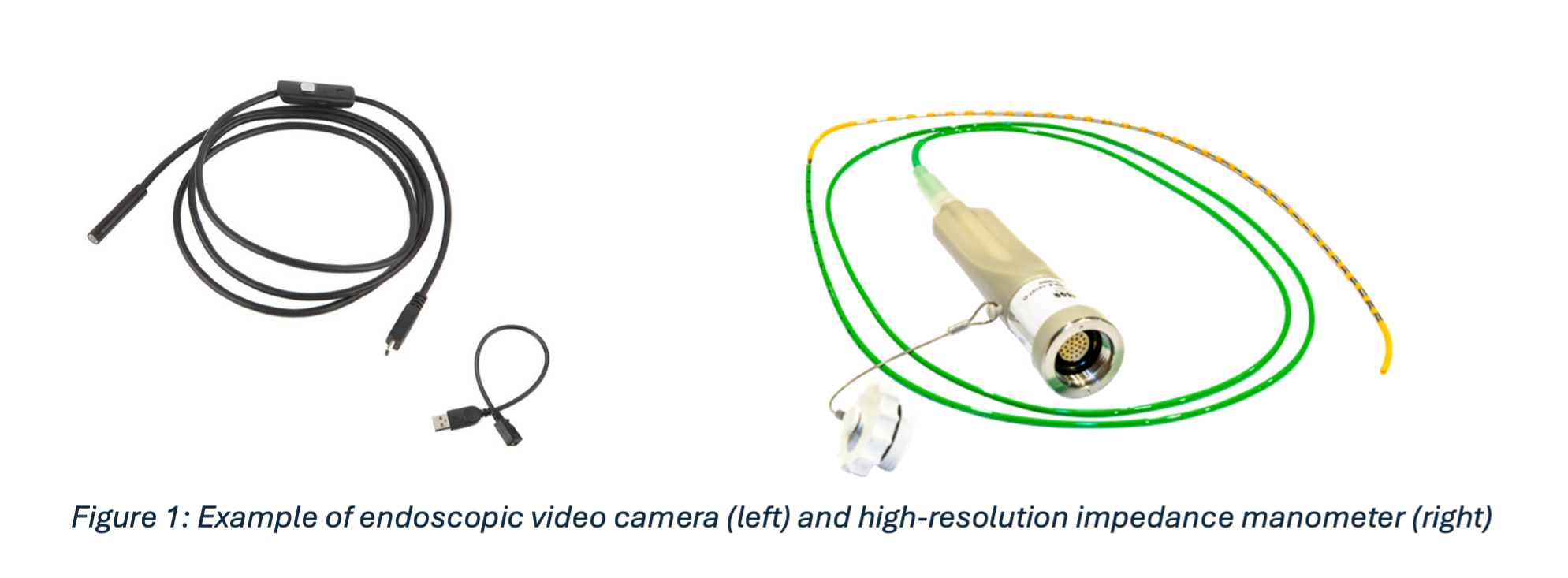Background
Head and neck cancer (HNC) is the sixth most common type of cancer worldwide, according to the 2022 cancer statistics [1]. This cancer type includes all malignancies that occur in the oral cavity, the larynx and the pharynx [2,3].
The treatment of HNC patients frequently leads to permanent changes to their physiology and anatomy, often paired with permanent loss of swallowing and speech functions. The extreme patient burden that HNC patients endure severely affects their quality of life [4].
The combination of video-fluoroscopic swallow studies (VFSS) with high resolution impedance manometry promises to deliver a more accurate and comprehensive assessment of the swallowing function of head and neck cancer patients.
Aim
In a joint effort to find correlations between simultaneously acquired VFSS and HRIM and to perform accurate robotic navigation, we aim to develop methodologies to detect the manometric sensors and track the HRIM catheter through swallow videos of HNC patients.
What we offer
- More than 100 swallow videos from real patients
- A working framework for easy data manipulation and integration
- A basic pre-designed segmentation algorithm


References
[1] Bray, Freddie, et al. "Global cancer statistics 2022: GLOBOCAN estimates of incidence and mortality worldwide for 36 cancers in 185 countries." CA: a cancer journal for clinicians 74.3 (2024): 229-263
[2] Rettig, Eleni M., and Gypsyamber D’Souza. "Epidemiology of head and neck cancer." Surgical oncology clinics 24.3 (2015): 379-396.
[3] Gormley, Mark, et al. "Reviewing the epidemiology of head and neck cancer: definitions, trends and risk factors." British Dental Journal 233.9 (2022): 780-786.
[4] Howren, M. Bryant, et al. "Psychological factors associated with head and neck cancer treatment and survivorship: evidence and opportunities for behavioral medicine." Journal of consulting and clinical psychology 81.2 (2013): 299.
